Paper cup machines are essential in the production of disposable cups used in various industries, from food service to events. However, like any machinery, they can experience faults that affect production efficiency and product quality. Understanding common issues and their solutions is crucial for operators and maintenance teams to ensure smooth operations. This article will explore various faults encountered in paper cup machines and offer practical solutions to mitigate these problems.
1. Incorrect Cup Formation
One of the most common faults in paper cup machines is incorrect cup formation. This issue can manifest as improperly shaped cups, which may lead to leaks or structural weaknesses. Common causes include misalignment of forming components, inadequate heat sealing, or incorrect paper grades being used.
To address this issue, first, check the alignment of the forming dies and adjust them as necessary. Ensure that the heat sealing temperature is set correctly according to the paper type being used. Regularly inspect and replace worn-out forming parts to maintain precision in cup formation.
2. Paper Jam
Paper jams can halt production and cause significant downtime. They often occur due to improper paper loading, mechanical defects, or foreign objects obstructing the feed path. Frequent jams can lead to frustration among operators and increased maintenance costs.
To prevent paper jams, ensure that the paper rolls are loaded correctly and that there is no debris in the feed path. Regularly clean the machine’s components and inspect the feed rollers for wear. Implementing a routine maintenance schedule can significantly reduce the likelihood of jams.
3. Inconsistent Cup Sizes
Inconsistent cup sizes can lead to customer dissatisfaction and waste. This problem may arise from incorrect adjustments in the machine settings or variations in the raw material specifications. If the cup sizes fluctuate during production, it can indicate a need for recalibration.
To remedy this, operators should frequently check the calibration settings of the machine against standard measurements. Additionally, monitoring the raw materials for consistency in thickness and width is essential. Regular training for operators on how to make adjustments can also help maintain size uniformity.
4. Poor Quality Sealing
Poor quality sealing can result in leaks and compromised cup integrity. Factors contributing to this issue include inadequate heating, incorrect sealing pressure, or substandard adhesive application. Cups that do not seal properly can lead to product wastage and customer complaints.
Address this issue by ensuring that the sealing temperature is appropriate for the materials used. Adjust the sealing pressure settings as needed, and check the adhesive application methods to confirm they are sufficient. Conducting regular quality checks during production can help identify sealing issues before large batches are produced.
5. Machine Overheating
Overheating in paper cup machines can lead to several operational issues, including component failure and reduced production efficiency. Overheating is often caused by insufficient cooling systems, prolonged run times, or malfunctioning sensors.
To prevent overheating, ensure that the cooling systems are functioning correctly and that airflow is not obstructed. Operators should monitor the machine's temperature closely and allow for periodic cooldowns during extended runs. Regularly servicing the machine’s cooling components can also help maintain optimal temperatures.
6. Noise and Vibration Issues
Excessive noise and vibrations can indicate underlying mechanical problems within the paper cup machine. These symptoms may arise from misaligned components, worn bearings, or improper installation of parts.
To resolve these issues, conduct a thorough inspection of the machine to identify any loose or damaged parts. Tighten any loose screws or bolts and consider replacing worn components. Regular lubrication of moving parts can also minimize friction and reduce noise and vibration levels.
7. Electrical Failures
Electrical failures can disrupt the operation of paper cup machines, leading to unexpected downtimes. These issues may stem from faulty wiring, blown fuses, or malfunctioning control panels.
To address electrical issues, regularly inspect the wiring for signs of wear or damage. Ensure that all connections are secure and that fuses are replaced as required. Installing surge protectors can also help safeguard the machine against electrical surges that may cause damage.
8. Quality Control Problems
Quality control problems can arise if the machine is not calibrated correctly or if operators are not adequately trained. These problems can lead to inconsistent product quality, affecting the brand’s reputation.
To improve quality control, implement a rigorous training program for operators focused on machine operation and quality standards. Regular audits of the production process can help identify areas for improvement. Establishing clear quality benchmarks will ensure that all produced cups meet the specified standards.
Conclusion
In conclusion, understanding the common faults of paper cup machines and their respective solutions is vital for maintaining efficient production and high-quality output. By recognizing issues such as incorrect cup formation, paper jams, inconsistent cup sizes, poor sealing, overheating, noise and vibration problems, electrical failures, and quality control challenges, operators can take proactive measures to address them. Regular maintenance, operator training, and adherence to quality standards are essential components in optimizing the performance of paper cup machines. By implementing these practices, businesses can increase productivity, reduce waste, and enhance customer satisfaction.




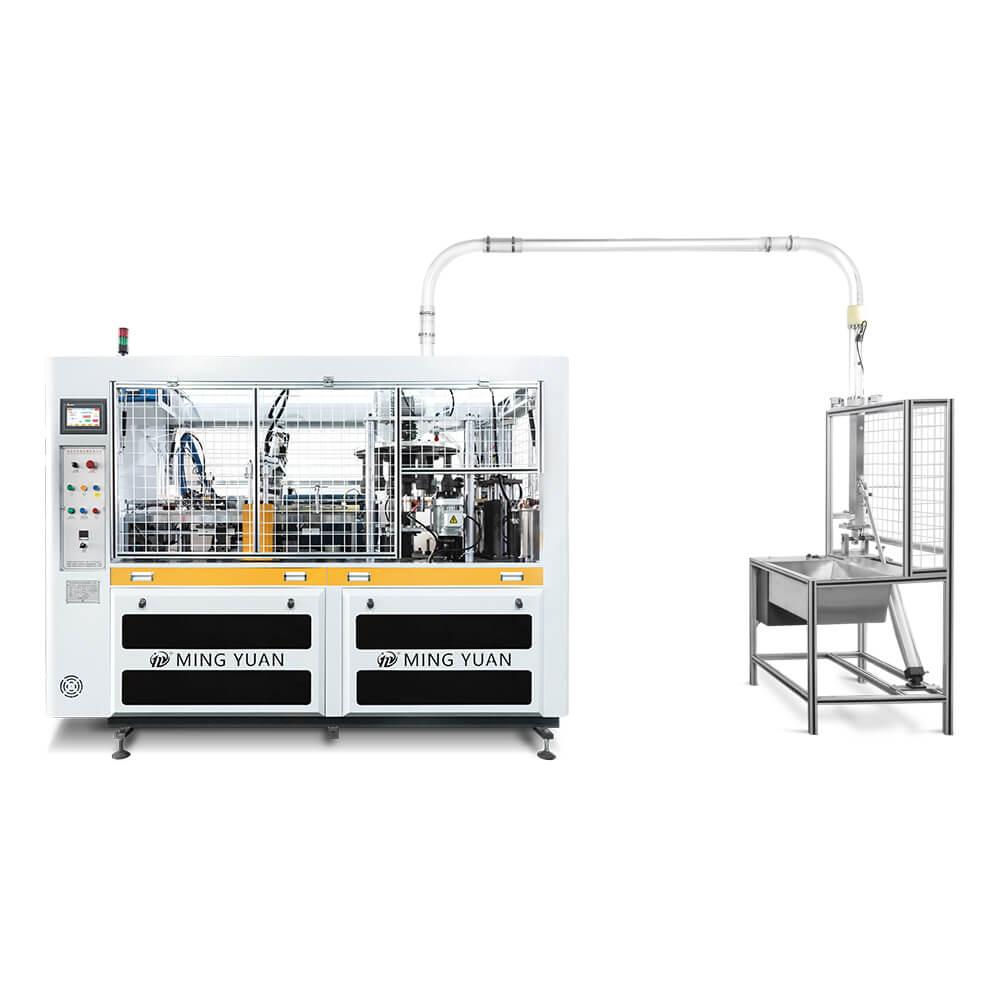
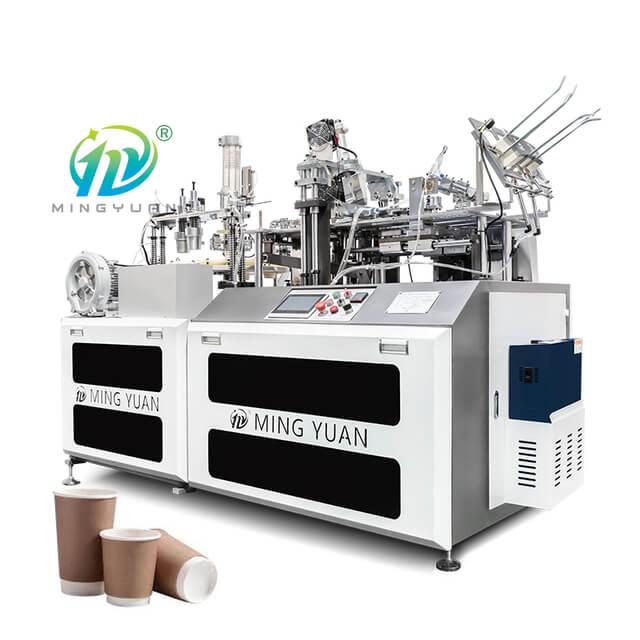
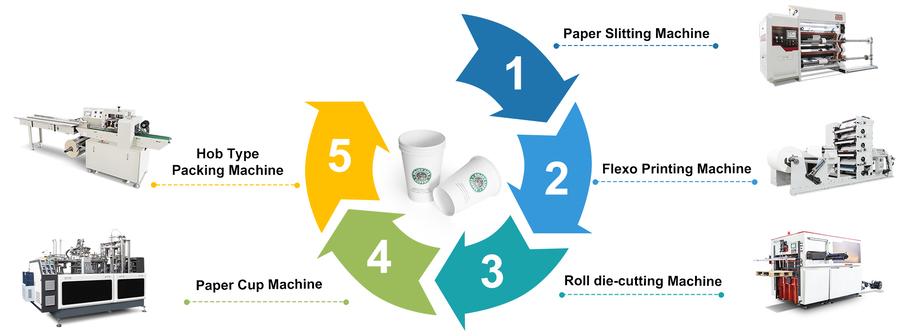
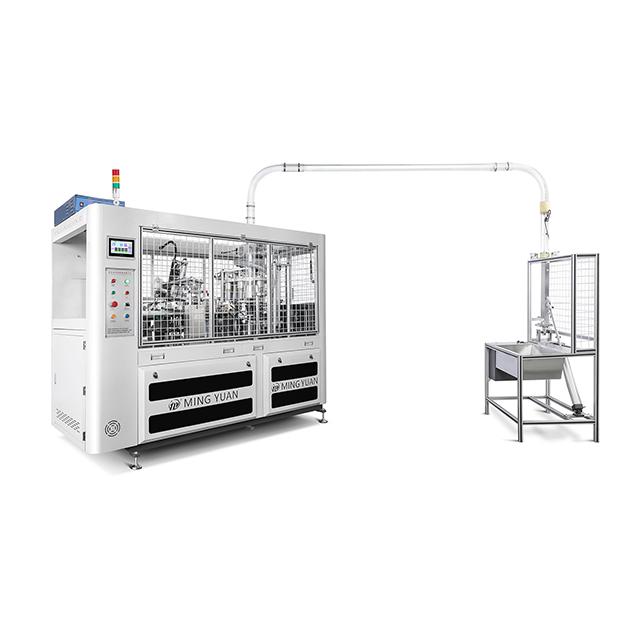

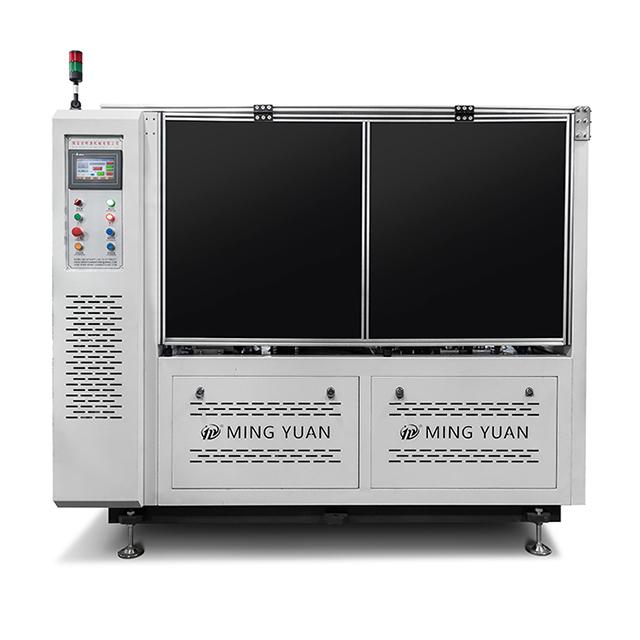
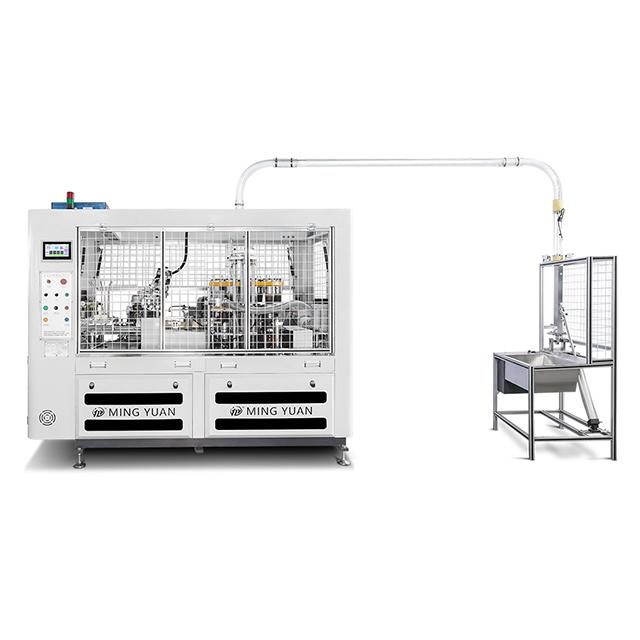
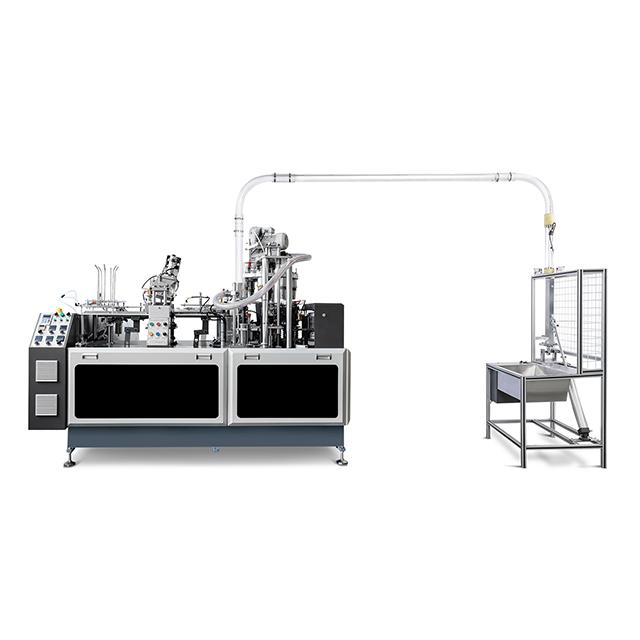
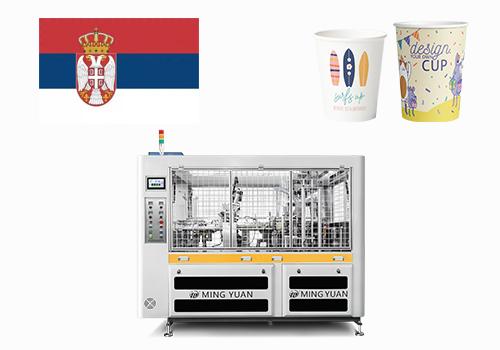
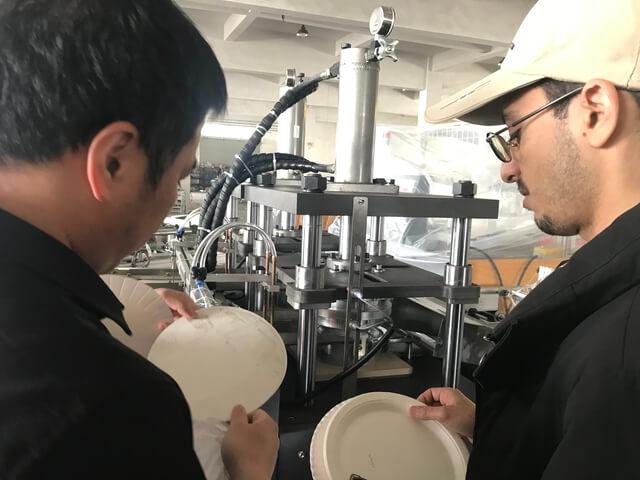
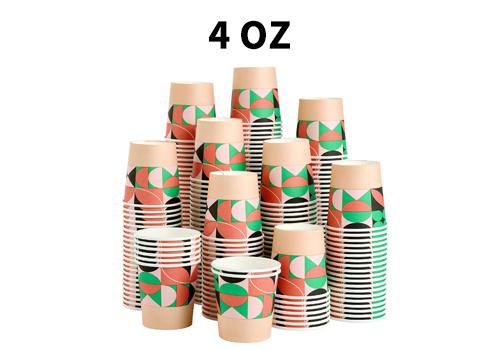

 Tel: +86-19057361870 / +86 577 65567060
Tel: +86-19057361870 / +86 577 65567060  Email: george@paper-cupmakingmachine.com
Email: george@paper-cupmakingmachine.com MP/WhatsApp: +86-19057361870
MP/WhatsApp: +86-19057361870 Manufacturer Address:No.1588, Huaming Road, Feiyun Street,Ruian City Zhejiang Province -325200 China
Manufacturer Address:No.1588, Huaming Road, Feiyun Street,Ruian City Zhejiang Province -325200 China




